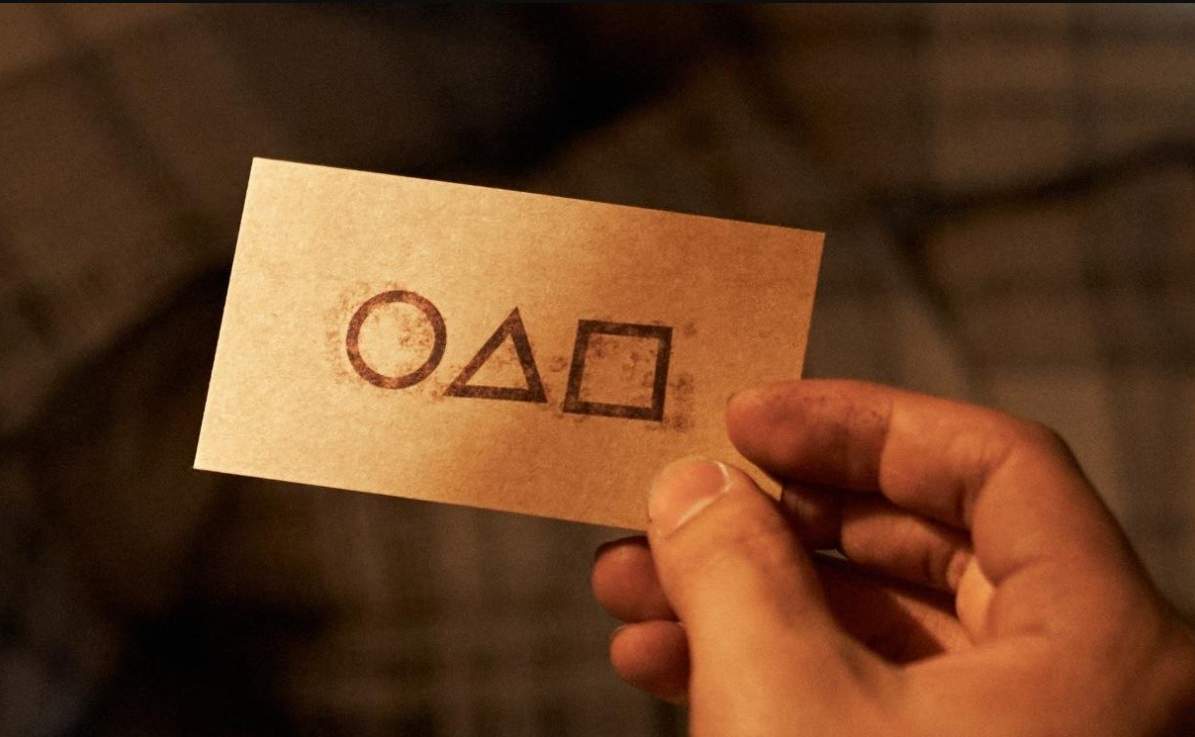Numbers game — price yourself into the Ukrainian market!

30.10.2021
Price is the most important tool in every marketeer’s kit! Most customers prioritize price in one shape or form, especially in this value-oriented climate and in a space like Ukrainian e-commerce. How to price yourself into a deal here and not price yourself out of business? Let me share things that will come in handy in finding your price points.
The issue of currency
As you probably know, Ukraine is not the eurozone yet. Although both EUR and USD are in wide use, there is a strong skew towards the dollar. This tendency carries on despite the significant economic and interpersonal ties with the EU and the prevalence of MasterCard as a payment method (it converts through both EUR and USD). Ukrainians generally assess prices through USD, especially during periods of high inflation and financial uncertainty.
There is currently a slight shift to EUR with a geographic dimension to it. The west of Ukraine and border regions, in particular, have more interconnections with the eurozone. Many Ukrainians work abroad or have families there, or even hop to shop in the nearest over-the-border mass outlet. Needless to say, most of them own EUR denominated accounts and are much more open to buying and shipping goods from abroad.
Also, the Euro price tag has a smaller number which brings us to the first bugbear: don’t convert USD to EUR price one to one – it’s generally considered as poor practice. It may work with some of the more prosperous and more heavily taxed EU countries where consumers are in a position to pay more, but it is wholly out of place in Eastern Europe and Ukraine especially. It simply results in an unrealistic price and breeds reactance in smarter shoppers. So what’s the take-out here? It’s reasonable to provide options for both currencies if possible; If not – either one will do, but each has particular upsides.
Want some more Ukrainian e-commerce insights?
For more information about popular types of deals on bulk, small bulk sales, cashback, and much more – stay tuned. They will come at a low-low price of FREE!
Stuck between two worlds
Let’s move on to the pricing itself. And to preface, here’s another misconception I often encounter. It goes like this: since we now live in a global market, every $9.99 is worth $9.99 anywhere on the globe. Well, some goods are priced similarly all across the world, but most are not. Ten bucks can be a slight difference for a Norwegian but not so much for a Romanian, at the same time. Different economic and fiscal conditions shape different price expectations. What are they in Ukraine?
Let’s compare the Ukrainian prices to the neighboring countries, Poland and Russia, for digital and physical products. Starting with physical goods, the difference in the shipping costs to each of these countries is negligible, with a very slight advantage for Poland. We’re considering only the westmost part of Russia for physicals since prices in Siberia are a whole different story.
In this article, all the prices are converted to USD unless noted otherwise. Most pricings notably feature a 99 or 88 dark marketing magic in its original currency price tag – it is going to be important for later.
Digital products
The Eastern European market for digital products used to be like the Wild West just a couple of decades ago. You had to go to a grimy kiosk to browse an arabesque selection of CDs with the latest shooter game sitting between children’s cartoons and adult films. These days are long gone, with more customers switching to legitimate online services and piracy becoming a rare exception.
This shift happened because the likes of Netflix or Steam provided superior service at an essentially reasonable price – which is of particular interest to us.
Let’s open up with Netflix since it has a budget, a medium, and a premium segment covered. Though Netflix is far from dominant in the Ukrainian VoD market, it provides a nice baseline across all three. Its audience in Ukraine and Russia also skews somewhat to the premium part of the market. With that out of the way, the Basic Netflix plan is at 9.32, Standart — 11.65, and Premium at 13.98 in Ukraine. In Poland, Basic (7.34) and Standard (10.89) subscription plans are lower than in Ukraine, but the Premium subscription is somewhat higher (15.19). In Russia, Netflix is priced in a similar way – 8.56, 11.41, and 14.27 for the Basic, Standart, and Premium package accordingly.
Moving on to video games: on Steam, Activision’s Call of Duty: Black Ops III would bereave somewhat at 61.22 in Ukraine, 64.50 in Poland, and only miserly 28.45 in Russia, being 52.56% cheaper than the rest! These prices do not adhere to the usual skews and discrepancies between median purchasing power in these countries. And that gets even weirder when you consider that the price in the US (a more premium market than any of the three mentioned above) is at 59.99.
Let’s take a look at the other title, which may be more representative. Cyberpunk 2077 from a Polish company CDproject goes at 34.23 in Ukraine, 28.45 in Russia, 50.37 in its homeland, and at 59.99 in the US. Notably, the Polish publisher seems to be much more aware of the economic realities in its neighborhood. However, there might be another explanation. Unlike Call of Duty, this game is single-player and thus much more susceptible to piracy.
What about professional software? For the Adobe Illustrator basic monthly plan, Ukrainians pay the same as Americans – 20.99 USD, Poles pay the generic European price of 27.00, and Russians are in-between with a nifty looking 23.33. Overall, it’s an unusual pricing strategy that seemingly has a strange currency conversion and clumping the EU market together as a single block.
On the other end, we have Microsoft’s Office 360 that costs 72.32 in Ukraine, 76.09 in Poland, and 60.22 in Russia, while the US pricing goes up to 99.99. All prices better correlate with median purchasing power in each country and have a nifty 99 somewhere in its listed currency. Well done, Microsoft.
It’s a good time for bugbear number two. If you employ Beigbederesqe’s 99 francs, or €14,99, or £9.99 in your pricing – make sure you do it after converting your price in a local currency, just like Beigbeder’s publisher did when reissuing or translating his book. It doesn’t make any sense otherwise and makes a messy listing.
Now to physical goods
Here, value is king both in premium and budget segments. Ukrainians are yet to get into the habit of buying online out of convenience. They go online to get hot deals even if we’re talking remote regions away from the large outlets. Moreover, remote towns are generally poorer than large cities, so a lower price or a better deal is also a must here. There is a noticeable pandemic-related shift in this regard, but in general, this still holds at the moment.
Let’s get a quick look at listings in three different categories: electronics, footwear, and shelf-stable food. These were assessed through the dominant listing aggregators, Hotline.ua, Ceneo.pl, and Market.Yandex.ru, from Ukraine, Poland, and Russia. Chocolate listings were accessed via Prom.ua, one of the largest Ukrainian online marketplaces (since Hotline’s food category was a bit too sparse to assert the price range confidently).
For electronics, we have a budget smartphone Xiaomi Redmi 10 4/128GB. It’s a popular brand and model in all three countries. In Ukraine, the prices ranged from 5 470 to 6 699 UAH with the most common listings hitting 5699 UAH which is 215 USD. In Poland, most listings were at 999 PZL – 251.50 USD, and 17 900 RUB – 257 USD in Russia. Here, Ukrainians get a much better deal with Russian and Polish prices being as close as possible.
For apparel, we have the classic New Balance 574 base model sneakers. Again, it’s a popular brand in all three countries, slightly more so in Ukraine. Ukrainian prices were almost exclusively at 2559 UAH – 97 USD. The price in Poland is much lower at 199-299 PZL, converting to 50-75 USD. And the price in Russia is the highest one yet at 9 260 – 12 790 RUB which is 132-183 USD respectively.
And for dessert – delicious chocolate Ritter Sport, dark, with whole hazelnuts, 100g. Coming between 36-66 UAH, which is 1.36 to 2.50 USD, 7.5-7.8 PZL, being 1.89-1.96 USD, and 101-358 RUB at 1.45-5.14 USD. Here, the Polish price range is closer together yet much more similar to the one in Ukraine. Meanwhile, the Russians will save a lot on the dentist with the highest price on the market!
To sum up, Ukrainian prices tend to correlate between USD and UAH in a physical goods segment, sometimes hitting the lowest mark, compared to Polland and Russia. At the same time, the situation with digital goods and services is that pricing does not work quite that well.
The 99% of pricing is as strong in Ukraine as in Poland, but it’s not as pervasive in RUB listings. Overall, you can call the Ukrainian pricing is close to the European realities or “CIS on steroids” if you like. Also, feel free to reach out to me for more specific advice on anything Ukrainian e-commerce related.








